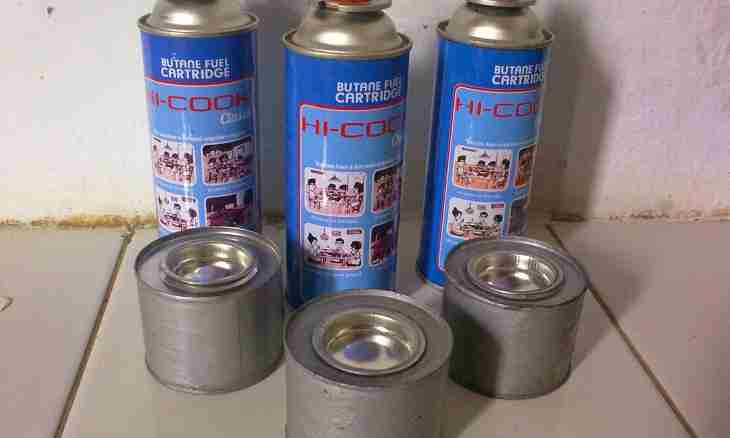Gas butane is widely applied on production, in agriculture and the food industry. From butane and its isomers receive butyric acid, butanol and some other substances which use as unchanged, and as raw materials for receiving other chemicals. There are three ways of receiving this gas.
Instruction
1. Butane represents the organic compound belonging to a class of alkanes. It is colourless combustible gas which is well dissolved in organic solvents, but is insoluble in water. It contains in oil products and natural gas. Butane has isomers: isobutane and N butane. This gas is applied in the industry and agriculture. At combustion it decays to carbon dioxide and water. Butane malotoksichen, but negatively influences nervous and cardiovascular systems. Therefore during the work with butane it is impossible to inhale its fumes and it is necessary to avoid its hit on skin and mucous membranes.
2. Butane is received in three ways. The first of them, the most widespread - use of reaction of Vyurts. The second way - hydrogenation of alkynes to alkanes. The third consists in dehydration of alcohols in the presence of the catalyst to butene which then is subjected to hydrogenation. The first of these reactions allows to receive butane directly, the others are multistage.
3. For carrying out reaction of Vyurts it is required to take metal sodium and to add it to iodide ethyl. Butane will become a reaction product at once: CH3-CH2-I+2Na+I-CH2-CH3 -2NaI → CH3-CH2-CH2-CH3
4. The second way of receiving butane - hydrogenation Butina. Originally 1-butin hydrogenate up to 1 butene, and then again hydrogenate 1 butene to butane: CH3-CH2-C CH → CH3-CH2-CH=CH2 → CH3-CH2-CH2-CH3 (Hydrogenation on H2) 1-butin 1 butene butane
5. The third process of receiving butane also is multistage. Its first stage includes dehydration of butyl alcohol in the presence of Al2O3 at a temperature 300-400oc: CH3-CH2-CH2-CH2-OH → CH3-CH2-CH=CH2 (Al2O3; 300 - 400oc) Dehydration of butanol consists in its drainage. It is possible at high temperature and only in the presence of catalysts (Al2O3; H2SO4). Having received 1 butene from the previous reaction, it is hydrogenated on a hydrogen radical to butane: CH3-CH2-CH=CH2 → CH3-CH2-CH2-CH3 (Hydrogenation on H2) All above-stated ways allow to receive butane in pure form. Most often for receiving this gas the first of them is used, however, in some cases also the others find application.

